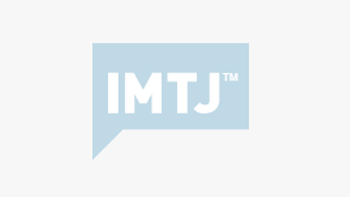ISO is often used as a comparable accreditor or certifier to JCI or other international/ national organisations. ISO does not accredit anything directly, nor accredit or certify any hospital or clinic. Approved agencies certify businesses, including hospitals, against one of the 17400 international standards it produces. The International Organization for Standardization (ISO) is not a health care accreditation body; it is a federation of 161 national standards organizations.
ISO is often used as a comparable accreditor or certifier to JCI or other international/ national organisations. ISO does not accredit anything directly, nor accredit or certify any hospital or clinic. Approved agencies certify businesses, including hospitals, against one of the 17400 international standards it produces. The International Organization for Standardization (ISO) is not a health care accreditation body; it is a federation of 161 national standards organizations.
While concepts within ISO requirements may apply to health care, many of the concepts do not easily apply, especially to the clinical aspects of health care. ISO standards concentrate on adhering to a specified process of quality management designed to consistently produce a service that meets pre-established specifications and on assessing that conformity. The standard that hospitals use is ISO 9001: an international consensus on good quality management practices. It consists of standards and guidelines relating to quality management systems and related supporting standards, regardless of what the user organization does. It is the only standard against which organizations can be certified. ISO 9001 lays down what requirements a quality system must meet, but does not dictate how they should be met in any particular organization.
There is a pan-European working group, including health accreditor CHKS, seeking to interpret the ISO 9001 standard for healthcare organisations, with particular focus on risk management and patient safety, interpreting it for healthcare services, as the standard was written in language suitable for industry and not appropriate for healthcare. This complexity is why only specialist organisations such as CHKS are allowed to advise or accredit businesses.
The working group aims to provide guidance to get a more consistent approach to interpretation and implementation in healthcare. It also seeks to raise the awareness among health professionals of the importance of a systematic approach to quality management and how this can improve patient safety.
Two years on from the first meeting, the group has reached a consensus on the principles pf ISO 9001 and has published a first guide in many languages. After feedback, the group has agreed future needs;
*National initiatives to link ISO 9001 other ISO standards need to be co-ordinated.
* Work needs to be done to move from vague requirements on management of quality, to more specific guidance on risk avoidance and patient safety.
* The worldwide focus on patient safety requires a structured approach monitoring the quality of service as ISO is a moving standard, not one that once achieved can be left alone.
Since launch in 1987, there have been updates. ISO 9001:2008, is the fourth edition of the standard that has become the global benchmark for providing assurance about the ability to satisfy quality requirements and to enhance customer satisfaction. It contains no new requirements compared to the 2000 edition, which it replaces. It provides clarifications to the existing requirements based on eight years’ experience of implementing the standard worldwide.
Although certification of conformity to ISO 9001 is not a requirement of the standard, it is frequently used by hospitals and clinics to increase confidence in the services provided. No one knows how many of the 950,000 certificates were issued to healthcare organisations.








 ©2024 All rights reserved LaingBuisson
©2024 All rights reserved LaingBuisson 


